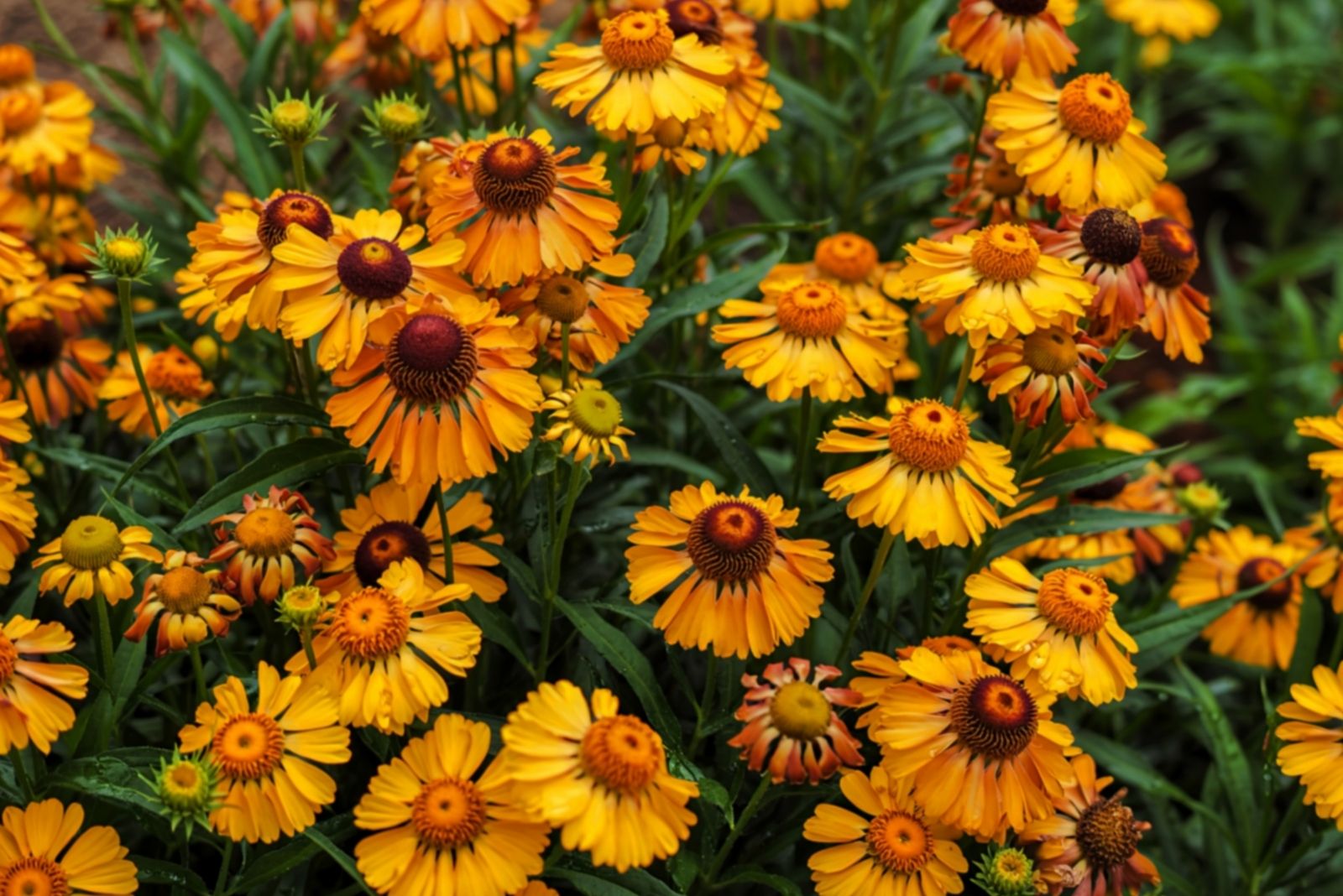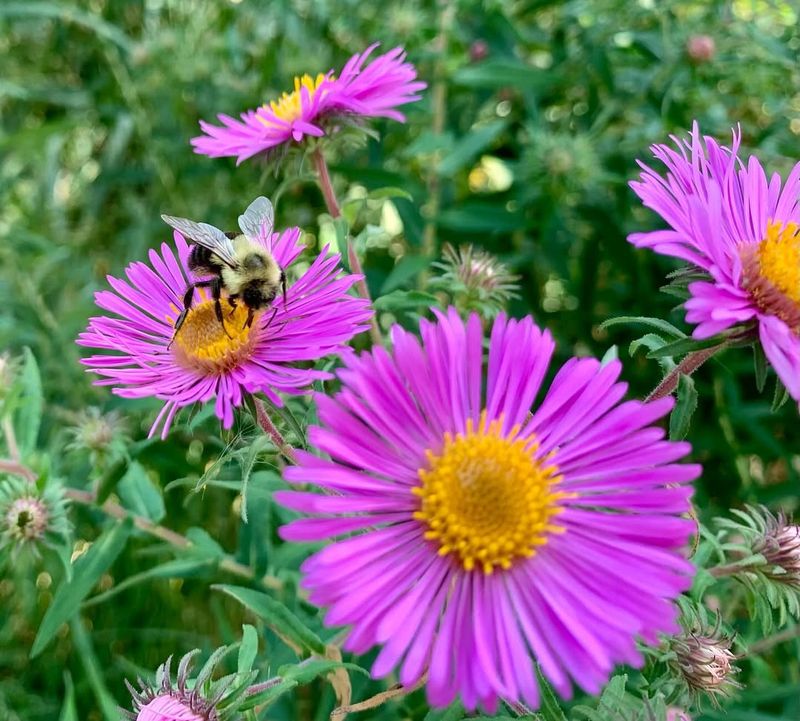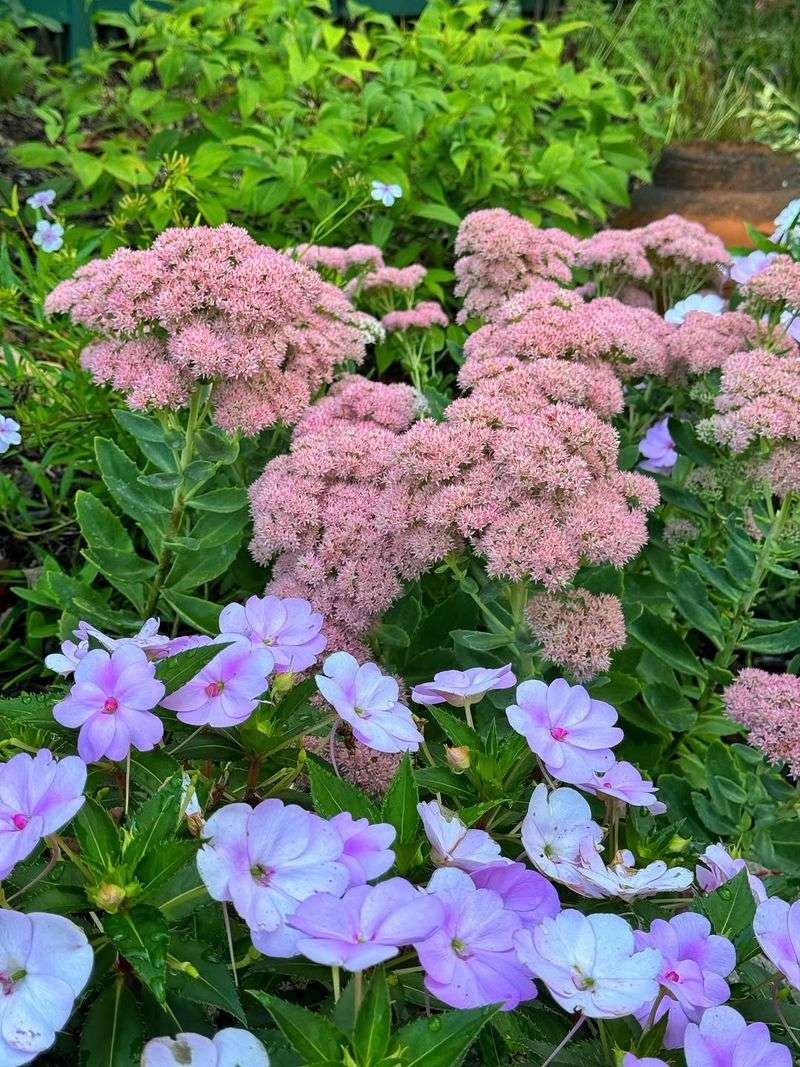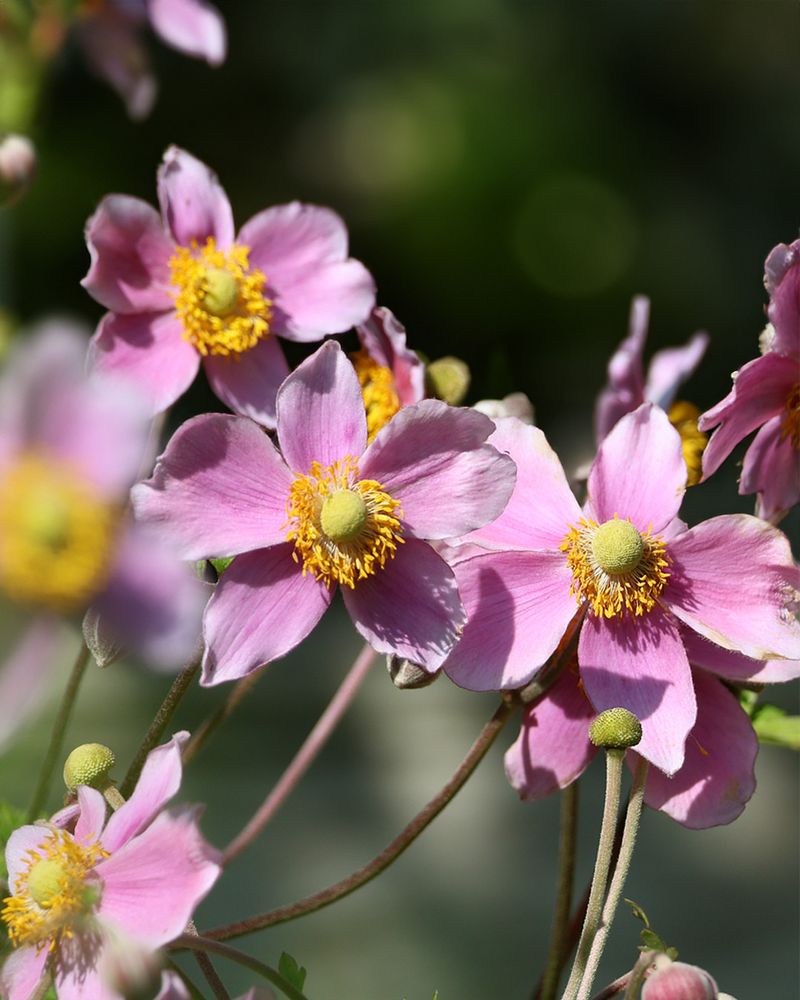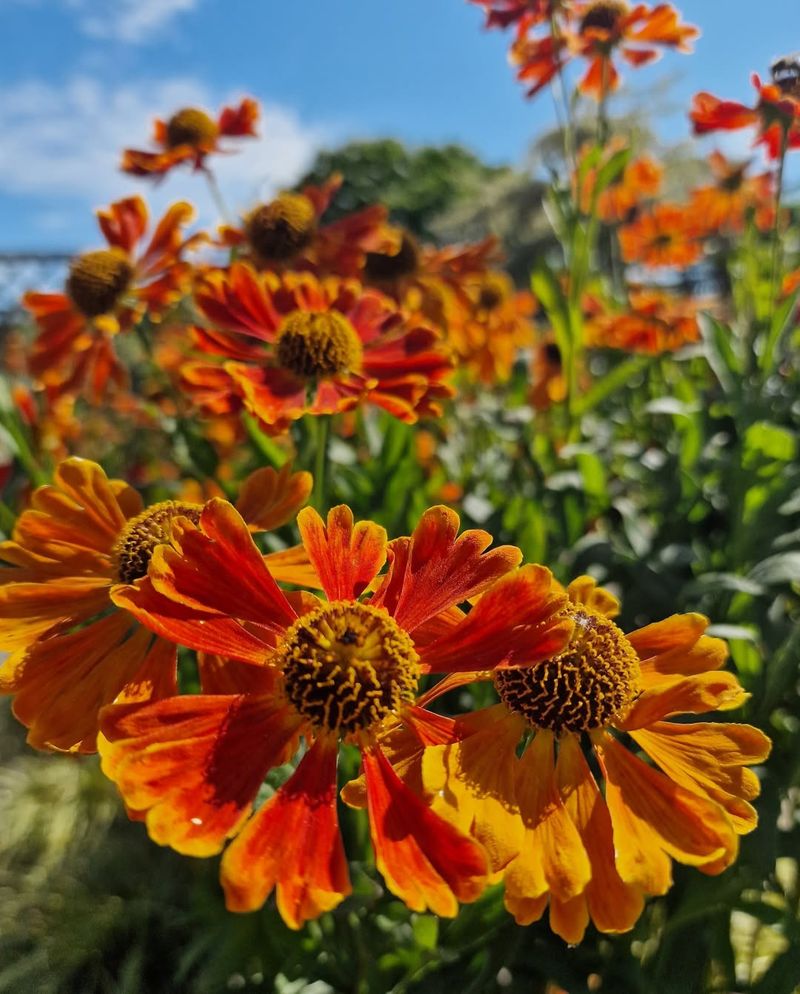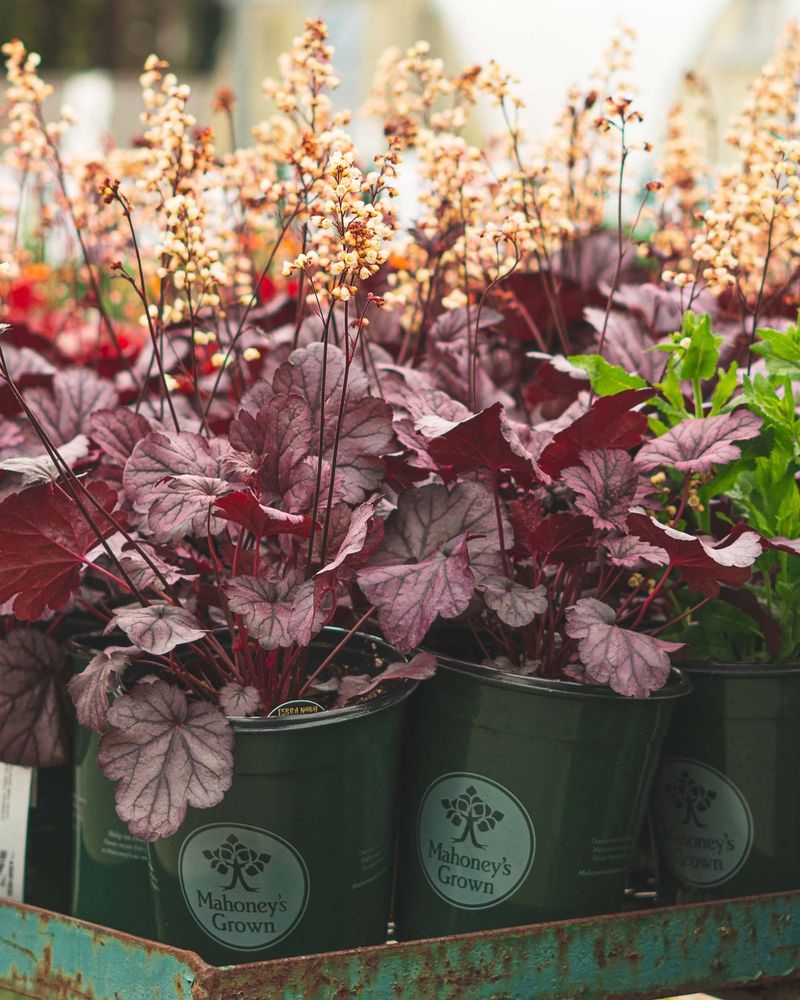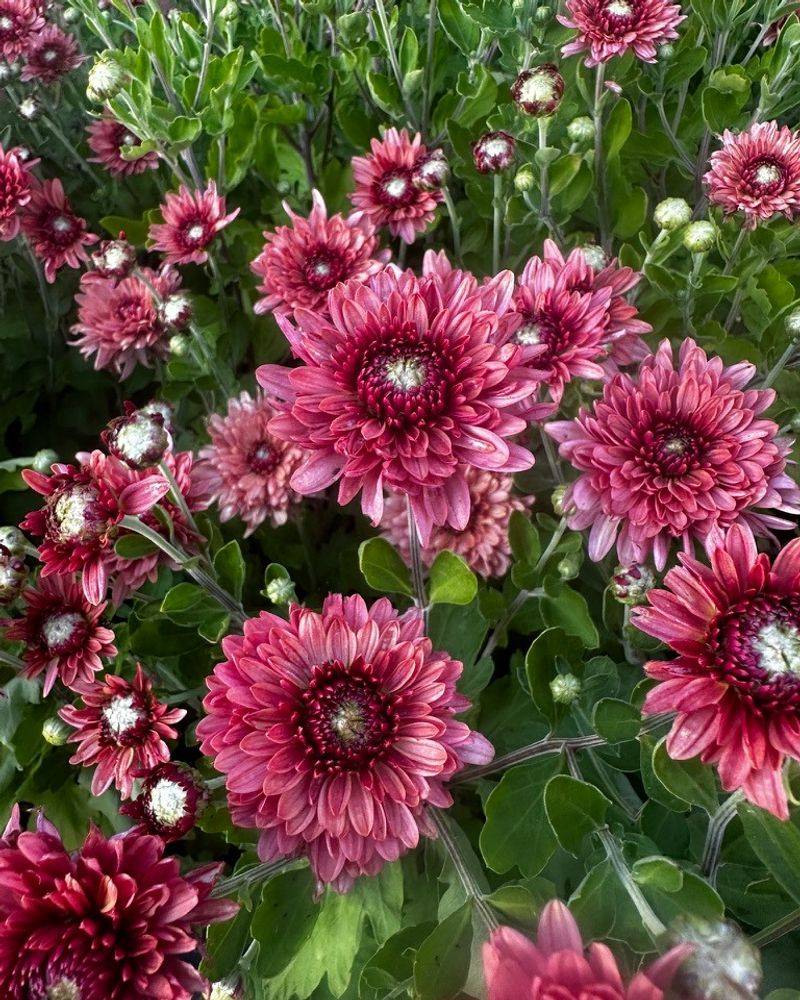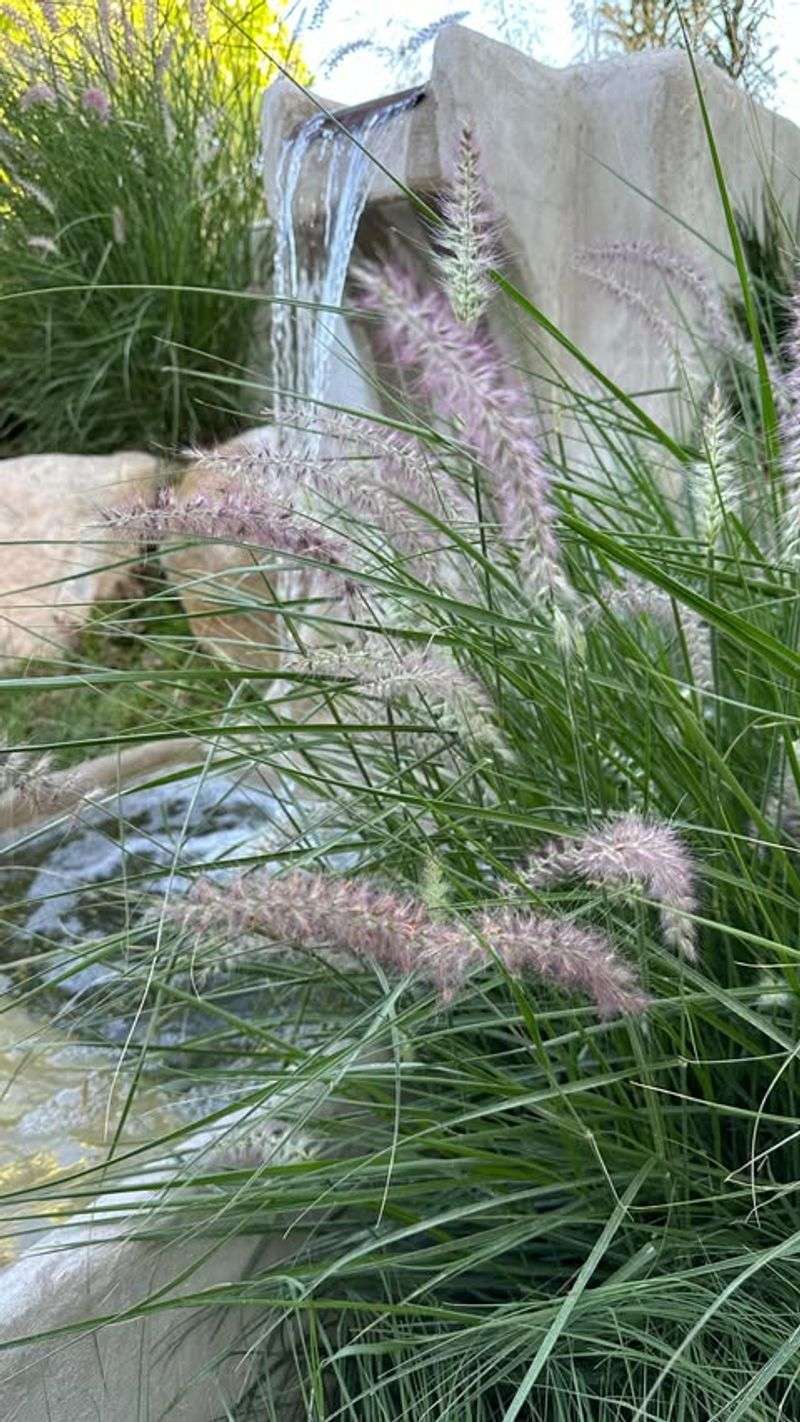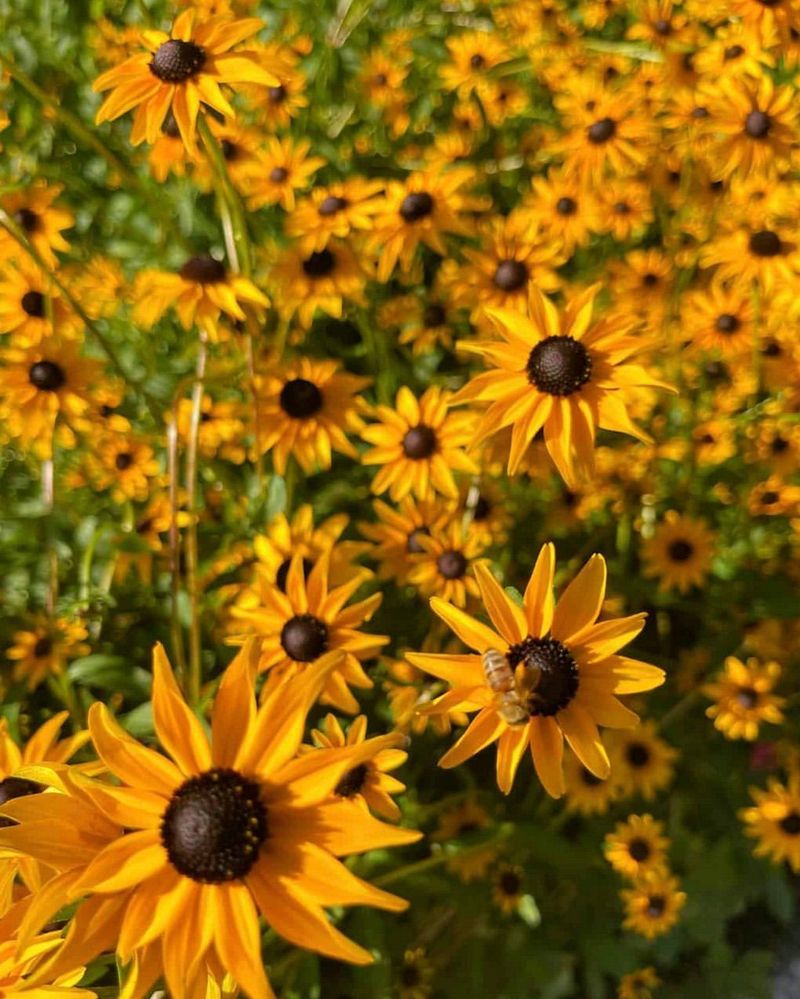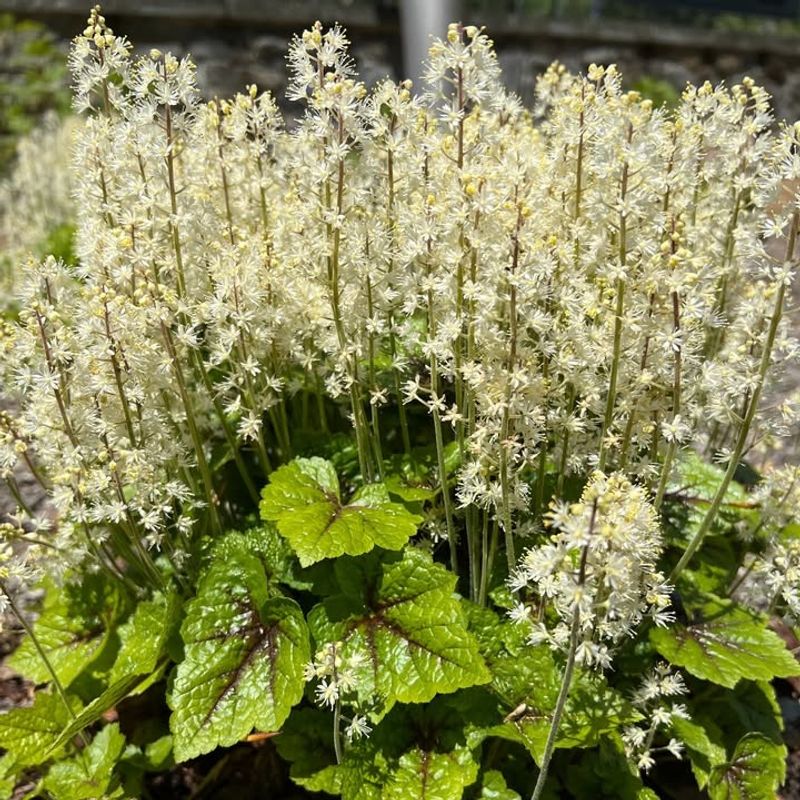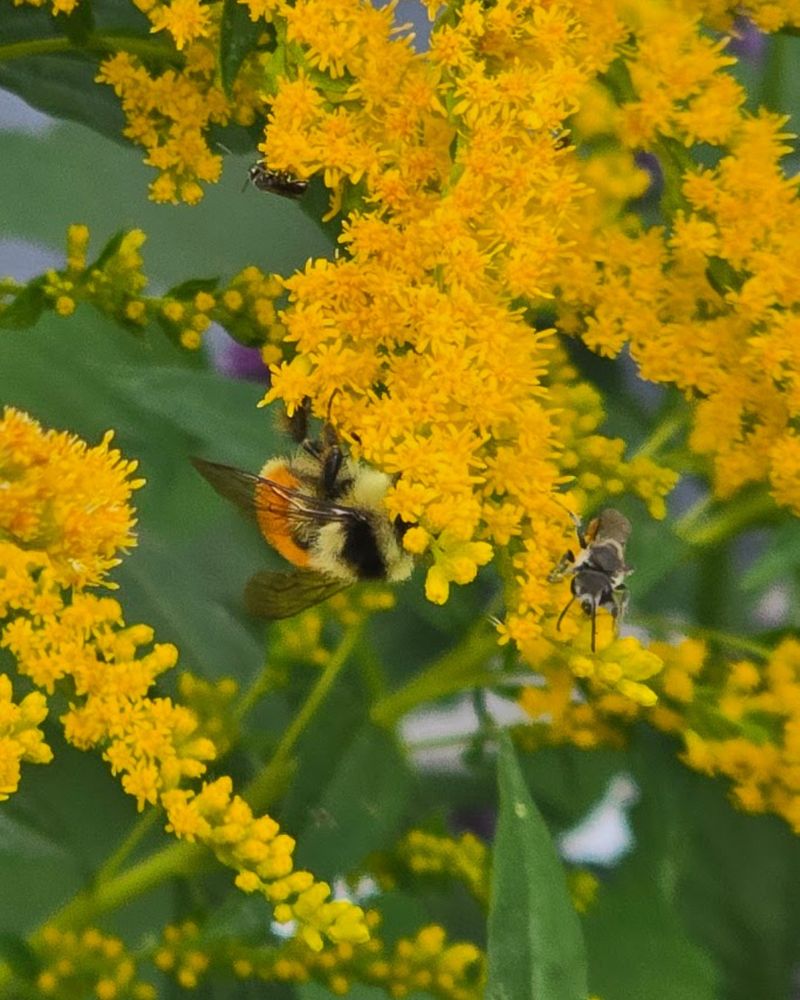October in Wisconsin brings crisp air, stunning foliage, and surprisingly, a great opportunity for gardening. While many think of spring as planting season, fall offers ideal conditions for establishing perennials before winter sets in.
The cooling temperatures and typically more consistent rainfall give plants time to develop strong root systems without the stress of summer heat. As a longtime Wisconsin gardener, I’ve discovered that certain perennials not only survive our harsh winters but actually thrive when planted in October.
They’ll reward you with beautiful blooms and foliage year after year, creating a landscape that celebrates autumn’s unique charm while preparing for next year’s growing season.
1. Aster Varieties
Native aster varieties burst with starry blooms in shades of purple, pink and white just as other flowers fade away. These late-season showstoppers attract butterflies and bees desperately seeking nectar before winter arrives.
Plant asters in well-drained soil where they’ll receive at least six hours of sunlight daily. Wisconsin’s cool autumn temperatures help them establish roots before ground freezes, giving them a head start for spring.
I’ve had remarkable success with New England asters in my northern garden. Last year, I planted some in early October, and they returned with impressive vigor, doubling in size and providing crucial late-season pollinator support.
2. Sedum ‘Autumn Joy’
The succulent foliage of Sedum ‘Autumn Joy’ creates a striking architectural presence throughout summer before transforming in fall. Its flower heads start pale green, progress to soft pink, then deepen to rich rusty red as October temperatures drop.
Hardy in Wisconsin’s challenging climate, this drought-tolerant perennial thrives in poor soil conditions where other plants struggle. Position in full sun for optimal flowering and sturdier stems that resist flopping even after frost.
My own patch started as three small divisions from a neighbor’s garden. They’ve now formed an impressive drought-resistant border that requires virtually no maintenance yet provides winter interest with dried seedheads persisting through snow.
3. Japanese Anemone
Elegant Japanese anemones bring graceful movement to autumn gardens with their delicate blooms dancing on tall stems above attractive foliage. Unlike many fall flowers, they offer refined beauty rather than bold colors, with simple pink or white flowers that look almost like wild roses.
Give these beauties partial shade in Wisconsin gardens, especially protection from harsh afternoon sun. They appreciate consistent moisture during establishment but become surprisingly drought-tolerant once settled in.
Four years ago, I planted a small division that disappeared completely the first winter. I’d given up hope until late July when it miraculously resurfaced, eventually forming a substantial clump that now reliably flowers from September through hard frost.
4. Helenium (Sneezeweed)
Despite its unfortunate common name, Helenium won’t make you sneeze! The daisy-like flowers feature distinctive centers surrounded by petals in fiery autumn hues—copper, gold, and deep red—perfectly complementing Wisconsin’s fall foliage.
Helenium establishes quickly when planted in October, benefiting from cooler temperatures and typically more consistent rainfall. Choose a spot with full sun and fertile, moist soil for the most robust plants and prolific flowering.
A garden visitor once asked if my Helenium patch was a rare variety of sunflower. I’ve found these native prairie plants surprisingly adaptable to my clay soil, returning larger each year and forming impressive clumps that need dividing every three seasons.
5. Heuchera (Coral Bells)
Heuchera’s colorful foliage creates dramatic impact long after flowers have faded elsewhere in the garden. Modern varieties offer a stunning palette—from caramel and purple to silver and lime—that intensifies as temperatures cool in October.
Fall planting allows these adaptable perennials to establish before Wisconsin’s challenging winter arrives. Position in morning sun with afternoon shade, especially in our hotter summers, and ensure good drainage to prevent crown rot.
The ‘Caramel’ variety in my shade garden has been a revelation. When everything else disappears beneath snow, its evergreen foliage provides welcome winter interest, often visible during January thaws with its warm amber tones glowing against the white backdrop.
6. Chrysanthemum Varieties
Garden mums offer instant autumn color, but many sold as fall decorations aren’t truly perennial in Wisconsin. Seek out hardy varieties specifically labeled for zones 3-4 for long-term garden performance rather than temporary seasonal displays.
October planting works surprisingly well for hardy mums. Mulch newly planted chrysanthemums with several inches of straw after the ground freezes to protect their shallow root systems from Wisconsin’s freeze-thaw cycles.
My grandmother grew the same clump of rusty-red hardy mums beside her farmhouse porch for over thirty years. I’ve continued the tradition with divisions from her original plants, creating a living connection to my family’s gardening heritage that returns reliably each fall.
7. Ornamental Grasses
Miscanthus, switchgrass, and feather reed grass reach peak beauty in October when their seed heads catch golden autumn light. These architectural plants add movement, sound, and winter structure to Wisconsin gardens long after other perennials have disappeared.
Fall is actually ideal for planting ornamental grasses in our climate. Their extensive root systems establish quickly in cool weather while the soil remains workable, creating stronger plants for next year’s display.
The ‘Northwind’ switchgrass in my front border has been a game-changer. Standing perfectly upright through winter storms when other grasses collapse, its strong vertical presence looks spectacular with frost or snow clinging to its narrow blades and seed heads.
8. Rudbeckia (Black-Eyed Susan)
Late-blooming Rudbeckia varieties extend the growing season with cheerful golden flowers that brighten October gardens. These native prairie plants evolved to thrive in Wisconsin’s climate, making them exceptionally reliable performers year after year.
October-planted Rudbeckia benefits from cooler temperatures that reduce transplant shock. Choose a full-sun location with average to poor soil—too much fertility actually reduces flowering and creates floppy stems that require staking.
During last summer’s drought, my established Rudbeckia patch continued flowering without supplemental watering when many other perennials struggled. The goldfinches love the seedheads so much that I leave them standing all winter, providing both wildlife value and visual interest.
9. Tiarella (Foamflower)
Foamflowers bring delicate beauty to woodland gardens with their frothy white or pink blooms rising above attractively lobed foliage. What many Wisconsin gardeners don’t realize is that fall planting often results in better establishment than spring installation.
These shade-loving natives appreciate the humus-rich soil found under deciduous trees. As leaves fall in October, they create natural mulch that protects newly planted Tiarella through winter while gradually decomposing to improve soil structure.
I’ve created a stunning shade garden by combining different Tiarella varieties with complementary ferns and heuchera. The foliage develops beautiful burgundy markings during fall that persist through mild winters, looking particularly striking when dusted with early snowfall.
10. Goldenrod
Contrary to popular belief, goldenrod doesn’t cause hay fever (ragweed is the real culprit). Modern garden varieties like ‘Fireworks’ and ‘Little Lemon’ create spectacular autumn displays while supporting crucial late-season pollinators in Wisconsin gardens.
Goldenrod establishes remarkably fast when planted in fall. Its deep root system develops during cool weather, creating drought-resistant plants that thrive in our challenging climate without becoming invasive like some of their wild cousins.
After adding ‘Fireworks’ goldenrod to my butterfly garden three Octobers ago, I’ve been amazed by the diversity of beneficial insects it attracts. The arching sprays of tiny yellow flowers become covered with different bee species, creating a buzzing wildlife sanctuary until frost arrives.

